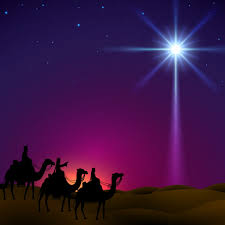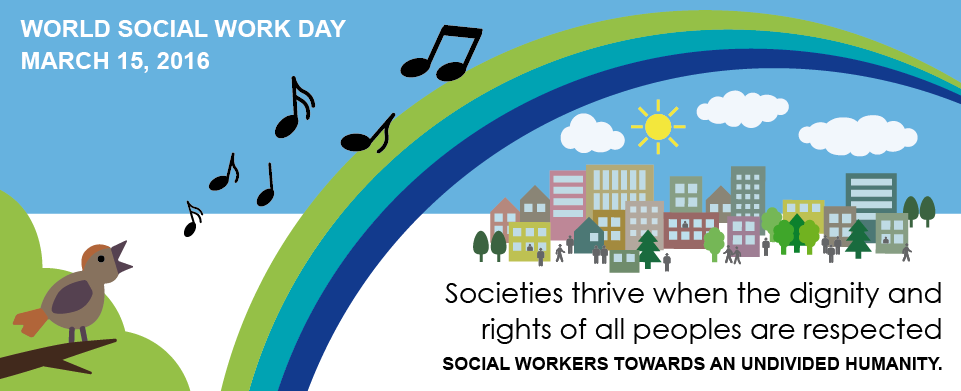The text of the gospel of the Feast of Epiphany is well known to us.
We could repeat with much detail the story of the Magi searching for the new-born king and their visit to him.
Yet, every year, there seems to be in the text something that speaks in a new way.
This year I stopped at the following words:


 “We saw his star when it rose and have come to worship him.”
“We saw his star when it rose and have come to worship him.”
“After they had heard the king, they went on their way, the star they had seen when it rose went ahead of them until it stopped over the place where the child was.
When they saw the star, they were overjoyed.”
A star appears and guides people on their way…
But these people want to be sure… so they go and consult a king – a king should know, they suppose…
Is it that they no longer see the star?
Has this mysterious sign in the sky disappear?
Or, is it that the travelers no longer trust the sign?
Or is it that they do not rely on the faith they had at first that the star is a reliable guide?
I see there, a pattern, a pattern often recurring in our daily lives.
At first, we trust a message received, a sign given to us –
it seems clear, yes, like a star.
But after a while it is no longer so clear, in fact, at times it seems to have vanished completely.
We doubt the sign, and often we doubt ourselves.
Or, is it that we do not recognize the one who gave the sign?
On this feast of Epiphany – the word means ‘manifestation’ – it could be an ideal occasion to…
contemplate anew the One who has come to us.
A contemplation that leads to the recognition of Him and…
of the signs he gives us on our way, from day to day.
Note: Another reflection on a different theme is available in French at: https://image-i-nations.com/fete-de-lepiphanie-annee-b-2021/


 There are an estimated 370 million indigenous people in the world, living across 90 countries. They make up less than 5 per cent of the world’s population, but account for 15 per cent of the poorest. They speak an overwhelming majority of the world’s estimated 7,000 languages and represent 5,000 different cultures.
There are an estimated 370 million indigenous people in the world, living across 90 countries. They make up less than 5 per cent of the world’s population, but account for 15 per cent of the poorest. They speak an overwhelming majority of the world’s estimated 7,000 languages and represent 5,000 different cultures.